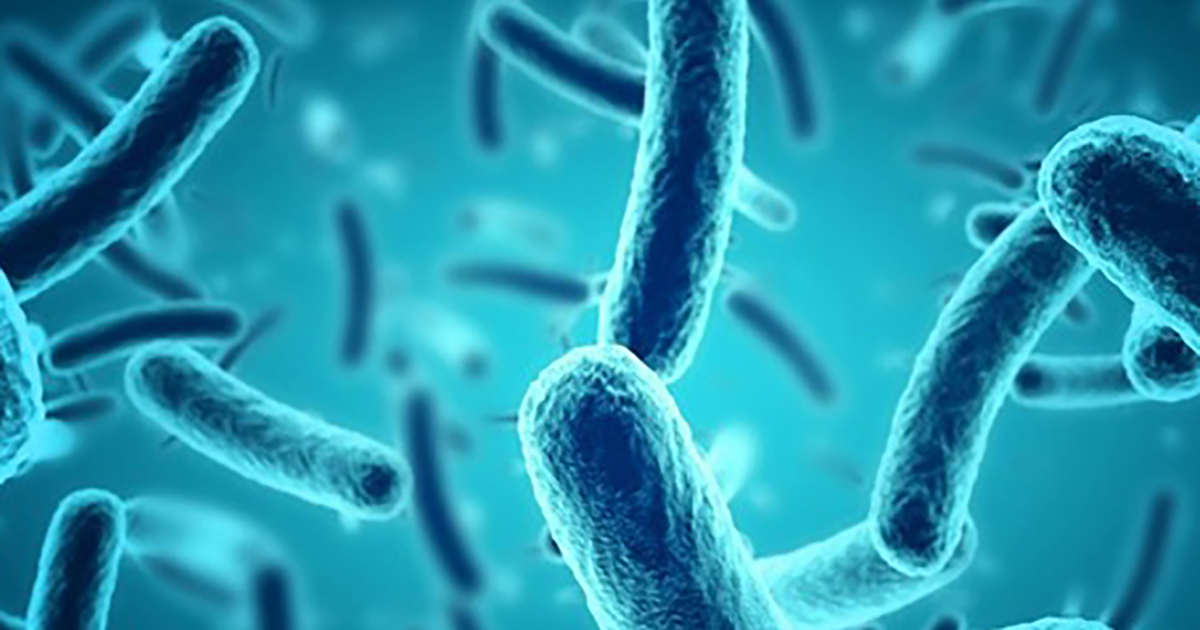Detection of pathogenic bacteria in freshwater commercial fish
Published on 03 from June from 2021

Rivers are an indispensable source of sustenance for human beings, where we can find a large number of aquatic organisms.
Such as: bivalves, crustaceans, molluscs and fish such as the guanchiche (Hoplias malabaricus) and bocachico (Ichthyoelephas humeralis), freshwater species with a wide distribution in the rivers of South America.
In the Ecuadorian coastal profile, these species play an important role in the gastronomic culture, which helps to promote the regional economy. Despite their great importance, these fish have been affected by environmental problems caused by the high pollution derived from urban waste from demographic, industrial and agricultural development.
Pollution favours the vital liquid to become a medium for the rapid proliferation of pathogenic bacteria such as the genus Vibrio, which can be found in fresh and marine water, and which are attributed with causing gastrointestinal diseases such as diarrhoea, gastroenteritis, shigellosis and cholera, and in serious cases can even lead to death.
The aim of the project is to determine the presence of pathogenic bacteria of the Vibrio type that could endanger human health, as well as to determine the physiological and nutritional state of the fish.
The methodology used was to obtain fish directly from the rivers of the Vinces and Mocache cantons from March to August 2020. A total of 60 organisms per species were obtained in each of the cantons. Morphometric (LT and PT) and biological (IGS, IHS and FC) analyses were carried out on the sample, as well as microbiological and molecular isolation.
The results of this research indicated that the bocachico fish from the river of the canton of Mocache have the highest values of length (LT) 23.91 ± 3.14 cm and weight (PT) 186.44 ± 81.21 g, as well as the highest values of the biological indices: IHS (7.90 ± 7.70); IGS of 1.28 ± 0.28 and FC of 0.81 ± 0.51. For the guanchiche, the highest values were found in the river of the canton of Vinces. Microbiologically, two types of large negative bacillus type bacteria were isolated and characterised in both species.
Molecularly, bacteria of the genus Vibrio were not found, however, pathogenic bacteria such as Plesiomonas sp and Shewanella sp were characterised with a percentage of genetic identity of 97.32% and 99.79%. In conclusion, this research has importance in the pathological origin of the bacteria analysed that can put human health at risk.
This research work alerts the population to the risks that can be caused by pathogenic bacteria when consuming fish with little or no safety and management, and at the same time serves to raise awareness and reflect on the indiscriminate contamination of our rivers.

